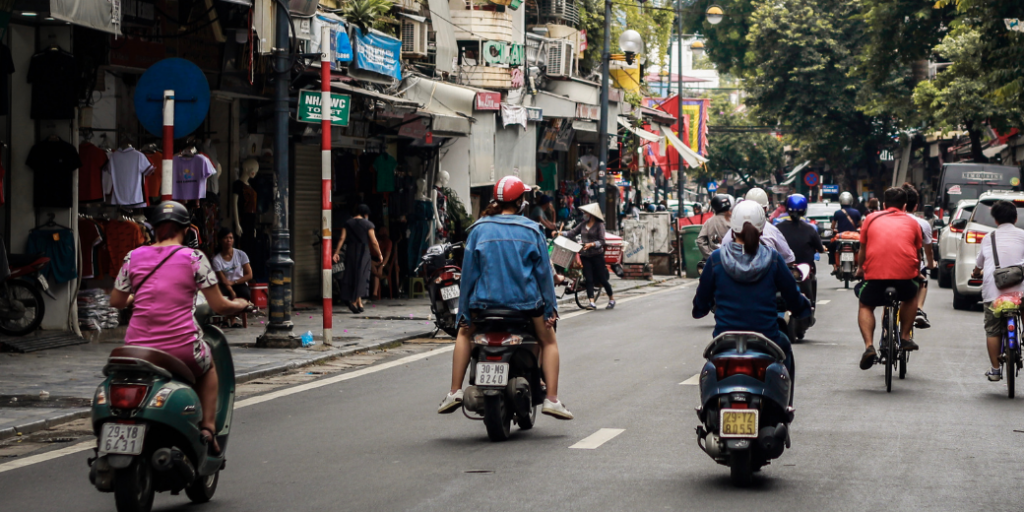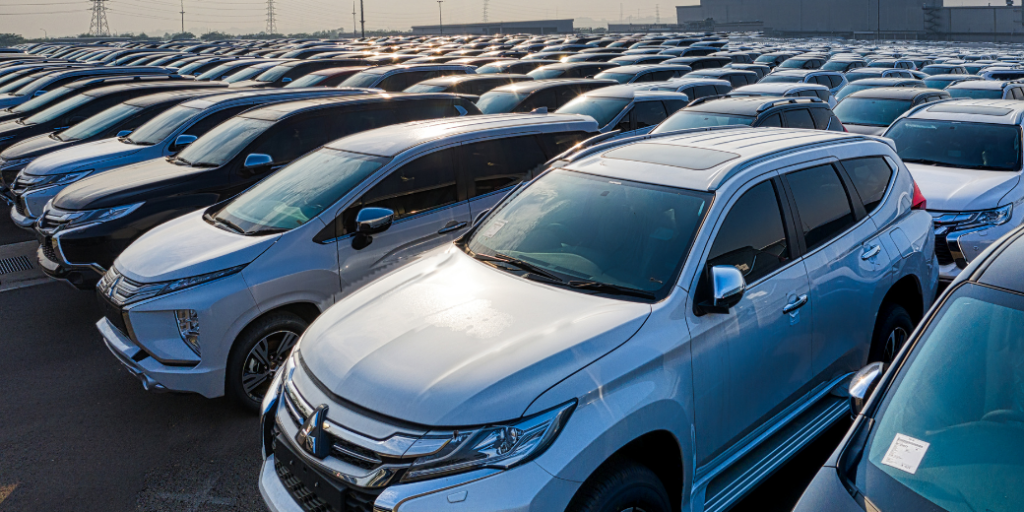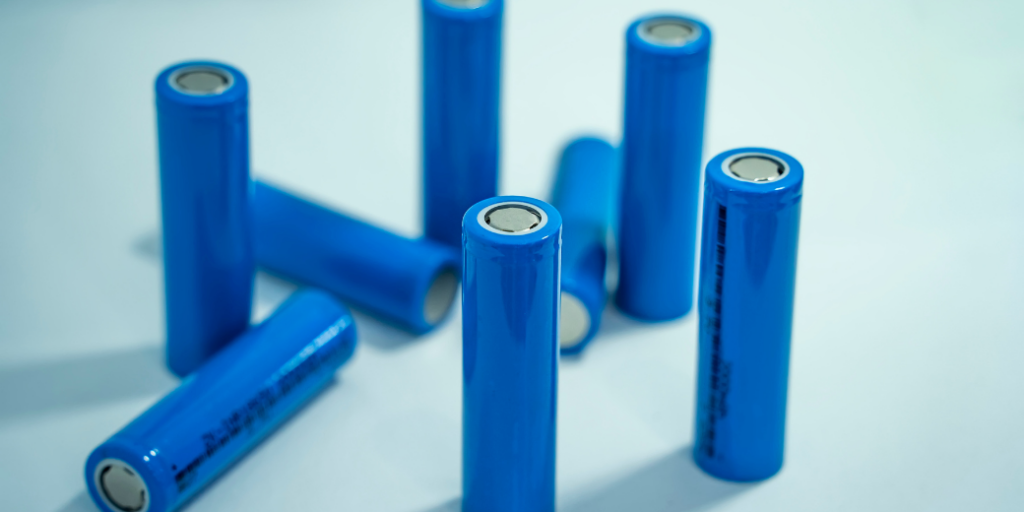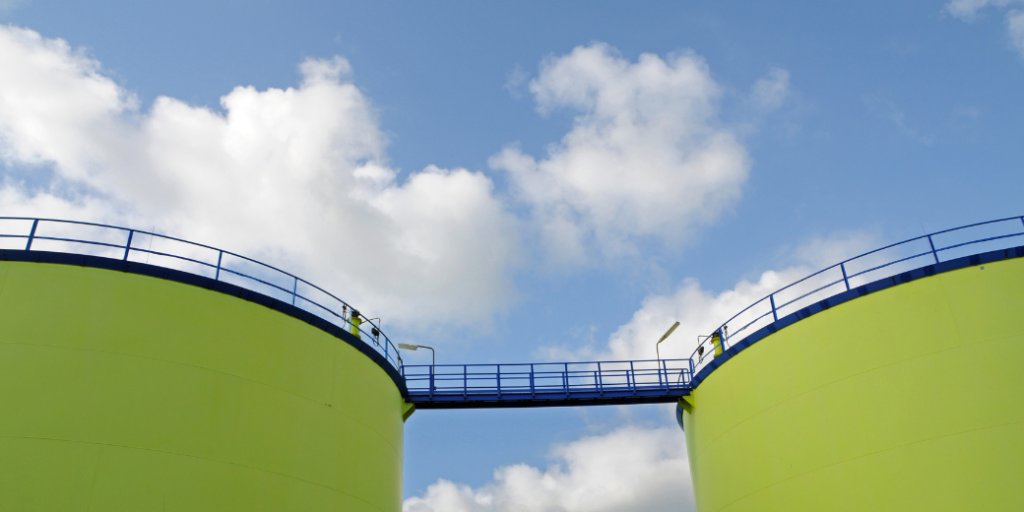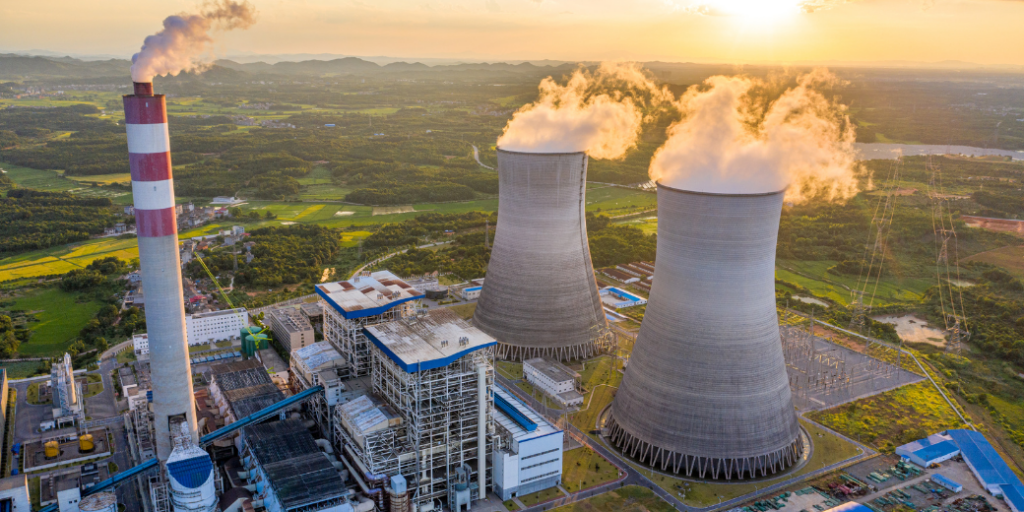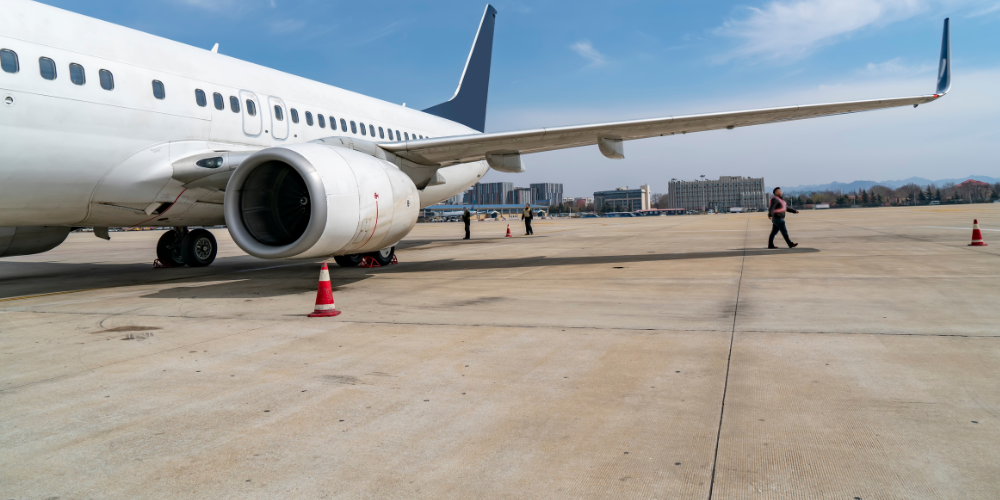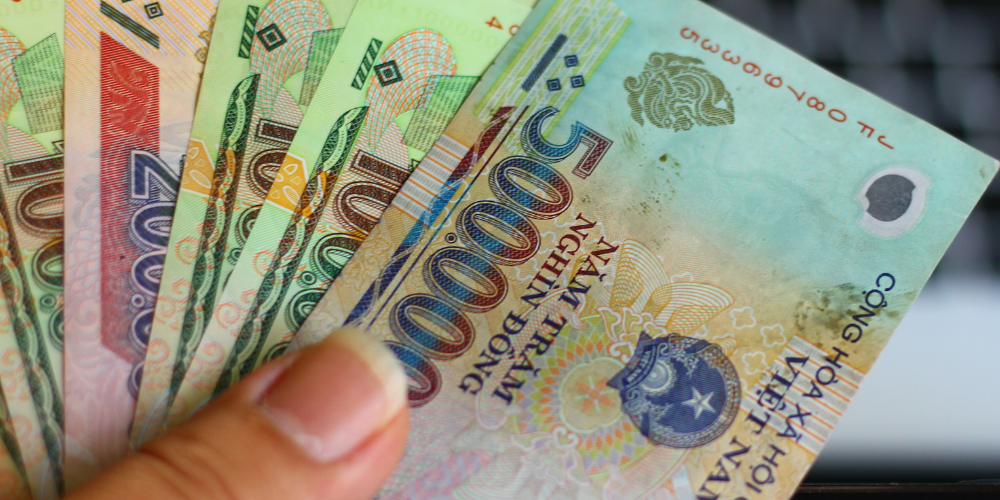Báo cáo ngành
Utilities – Water Industry in ASEAN
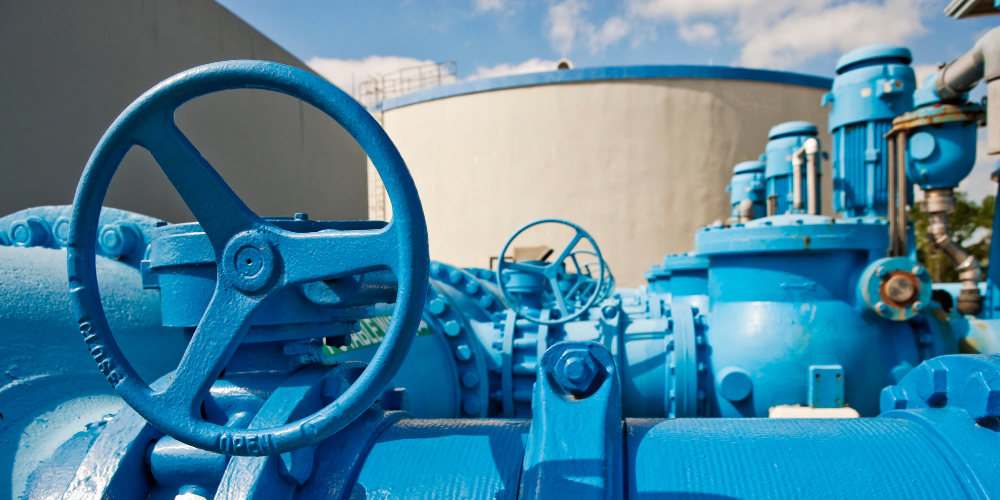
Summary
This article covers the water industry’s operations and maintenance, including water supply, sewage treatment, desalination, and wastewater treatment, highlighting its role in ensuring clean water access and sustainable resource management.
Key Takeaways of each region in ASEAN:
- Global: Public Entities Control Most Water Utilities; Remunicipalisation of Water Services due to Scarcity
- Vietnam: Industry Dominated by State Enterprises with Demand and Supply Constraints
- Thailand: Dominated by State Companies with Private Players Primarily Focusing on Industrial Water; Much Wastewater Remains Untreated
- Singapore: Reputable on its Water Management Dominated by Local Players; Portable Water Sales Increased In Contrast to Declining Industrial Water Sales
- Malaysia: Highest Freshwater Among ASEAN-6 Peers Led by State Organisations; Steady Growth in Water Capacity and Consumption
- Indonesia: Country Faces Water Supply Issues with Poor Infrastructure and Low Water Quality Despite Some Improvements in Access
Global Trend: Public Entities Control Most Water Utilities; Remunicipalisation of Water Services due to Scarcity
Public entities largely govern the global water utilities industry due to the essential nature of water services, which are significantly influenced by natural disasters, climate change, and seasonal variations. This necessity for governmental oversight has led to a trend of remunicipalisation, where water services that were previously privatised are being returned to public or municipal control. The reversal of privatisation trends is driven by the growing scarcity of natural resources, emphasising the need for fair and equitable distribution of water.
Water usage varies significantly across different economic activities, with agriculture accounting for approximately 69% of global water withdrawals, as highlighted in The United Nations World Water Development Report 2021. This is followed by industrial uses, including power generation and municipalities.
The industrial sector, requiring varying levels of water quality, employs different wastewater treatment methods such as anaerobic digestion, deionisation, and membrane technology. Residential water supply and wastewater treatment vary by country and province, influenced by the available infrastructure and financial resources. The water utilities industry is segmented into water supply, sewage treatment, and water infrastructure solutions, with most utilities specialising in water and wastewater provision.
Market Trend – and the position of Asia
The growth in water consumption is aligned with a significant increase in population and urbanisation rates, notably in Asia, where despite advancements, access to basic drinking water services still lags developed regions like Europe and North America. The industry landscape is diverse, with major global players traditionally based in Europe, the Americas, and the UK. However, Asia, particularly China, has emerged as a significant player, driven by the Belt and Road Initiative. This scenario underscores Asia’s evolving role, not just as a consumer but also as a crucial player in the global water utilities industry.
Key Southeast Asian countries display a mix of trends in their water utilities industry. Vietnam and Thailand’s water sectors are both heavily dominated by state enterprises, with Vietnam facing demand and supply constraints and Thailand grappling with significant wastewater treatment gaps. Singapore stands out for its advanced water management strategies, employing smart technologies and diversifying its water supply sources, yet also experiencing a shift in water consumption patterns, with a rise in domestic use contrasting with declining industrial demand. Malaysia showcases an abundance of freshwater resources and is focused on improving water resource management and reducing non-revenue water losses. Indonesia, despite its substantial freshwater resources, struggles with water supply issues, poor infrastructure, and low water quality, underscoring the need for improved access and sanitation.
Country Trends
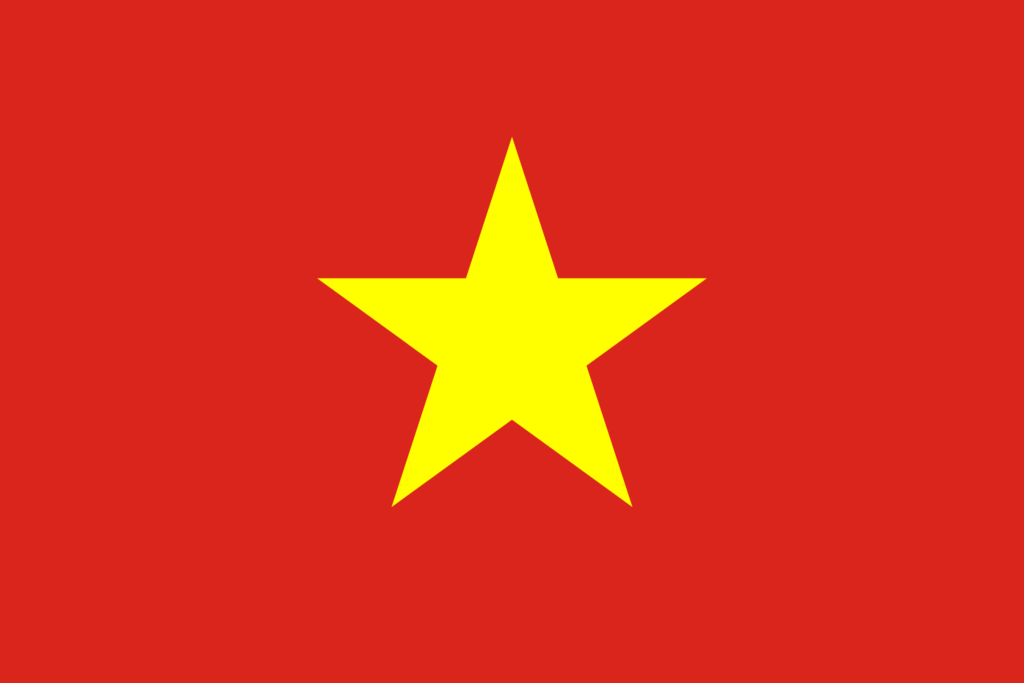 Vietnam:
Vietnam:
Industry Dominated by State Enterprises with Demand and Supply Constraints
Vietnam’s water industry confronts the dual challenge of meeting rising demand amid a backdrop of constrained capacity and a concentrated market landscape dominated by state-owned enterprises (SOEs). Despite the growing need propelled by population growth and urbanisation, the industry’s current capacity falls short of demand. This scenario is further complicated by the regulatory environment, which maintains low water and wastewater service prices, deterring significant foreign investment.
The industry’s structure reveals a clear dominance by SOEs, particularly in the wastewater treatment segment, with limited involvement from private entities. This monopolistic feature, while ensuring control over essential services, poses challenges in terms of investment and innovation. The government’s efforts towards equitisation have introduced some private players into the market, yet SOEs continue to hold the upper hand.
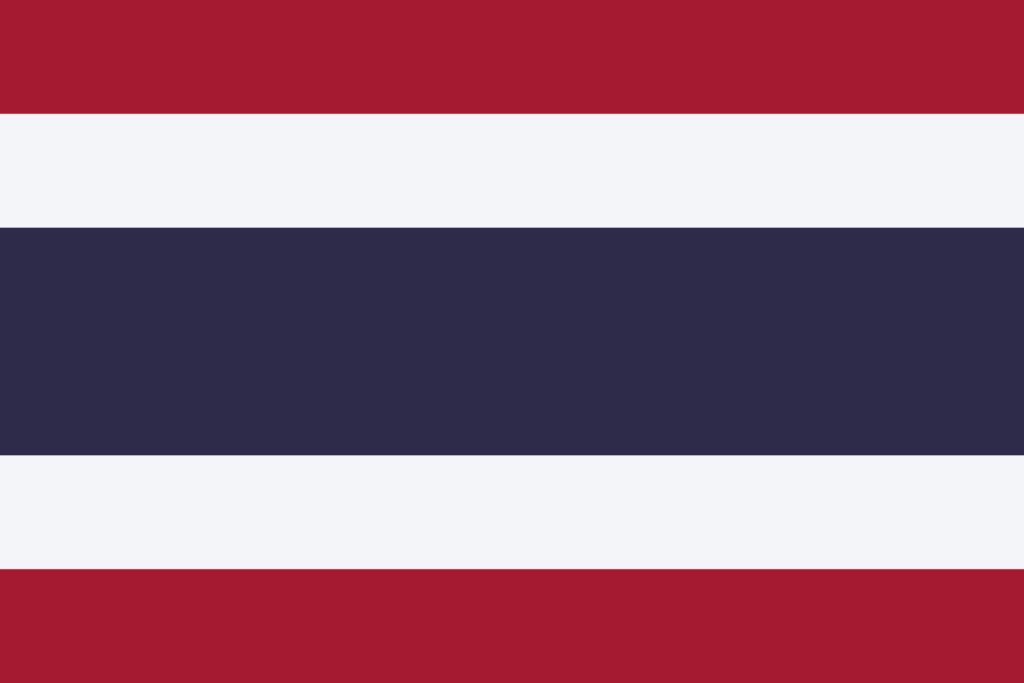 Thailand:
Thailand:
Dominated by State Companies with Private Players Primarily Focusing on Industrial Water; Much Wastewater Remains Untreated
Thailand is characterised by significant advancements in sanitation and drinking water accessibility, driven by substantial government efforts since the 1960s. The industry has achieved nearly universal coverage in sanitation and drinking water services, outpacing many ASEAN peers. Despite these successes, challenges remain, particularly in wastewater treatment where a significant portion of discharged wastewater remains untreated, affecting water quality.
The management of water infrastructure is divided among different state agencies, with ongoing government initiatives to improve water management and address issues of drought and floods. The market is witnessing a shift with an increase in water production and consumption, particularly in the industrial sector, and a growing reliance on bottled water due to concerns over tap water quality. The competitive landscape is dominated by state companies, with a few private entities playing significant roles in supplying water to industrial estates.
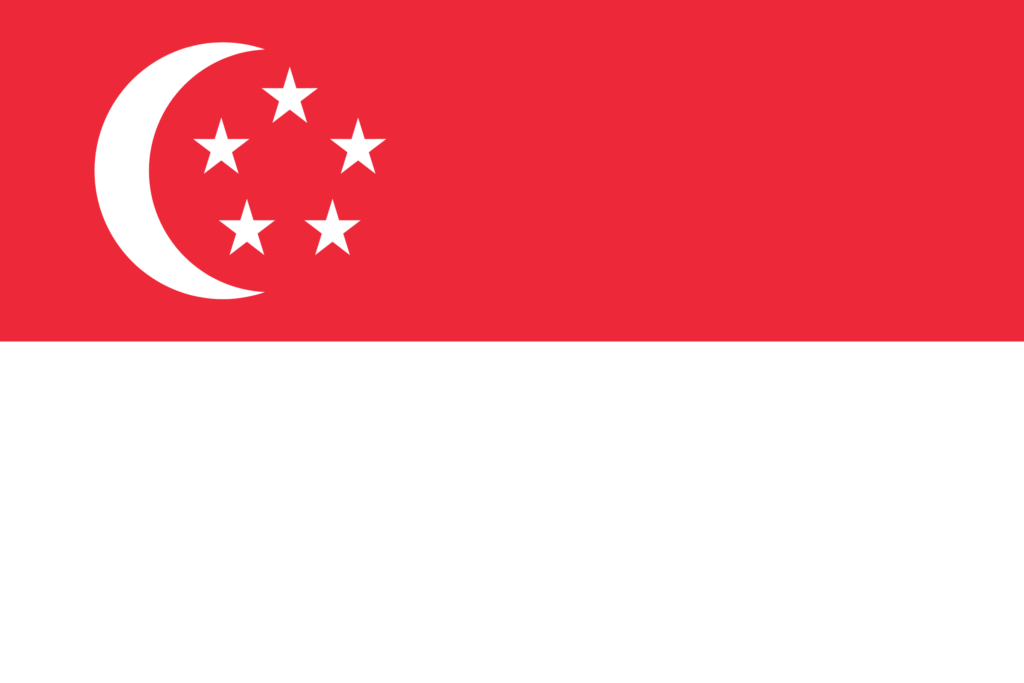 Singapore:
Singapore:
Reputable on its Water Management Dominated by Local Players; Portable Water Sales Increased In Contrast to Declining Industrial Water Sales
Singapore is recognised globally for its integrated water management, employing a diversified water supply system known as the Four National Taps. These taps encompass local catchment water, imported water, NEWater (high-grade reclaimed water), and desalinated water. To tackle challenges such as rising water demand, operational costs, and climate change, Singapore has introduced the SMART PUB Roadmap, focusing on digitalising the water system through smart technologies.
Trends indicate a mild uptrend in portable water sales, driven by increased domestic consumption, while sales of industrial water have seen a downtrend. Despite fluctuations, efforts towards water conservation are evident through PUB’s various initiatives, aiming to reduce per capita water consumption to 130 litres by 2030. The competitive landscape is marked by the entrance of global players, although domestic companies continue to dominate the industry.
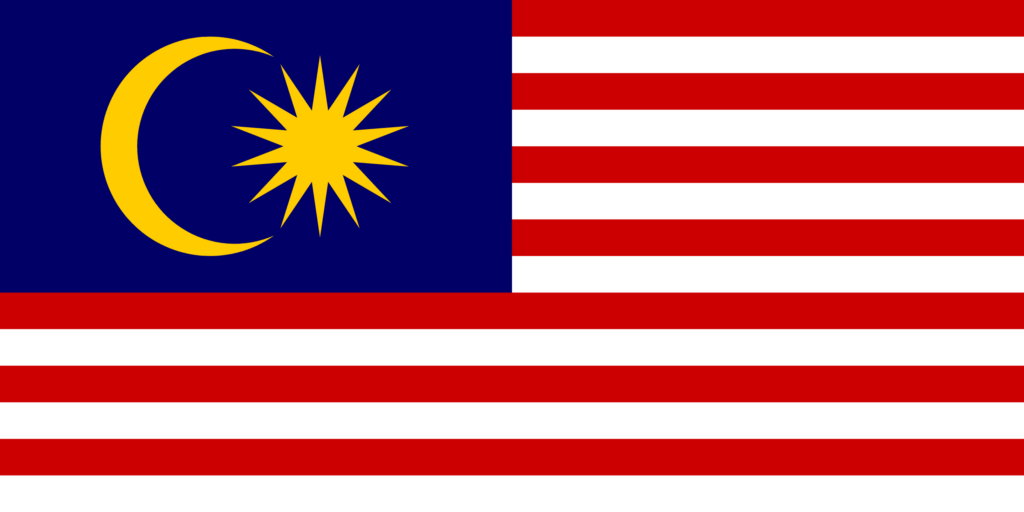 Malaysia:
Malaysia:
Highest Freshwater Among ASEAN-6 Peers Led by State Organisations; Steady Growth in Water Capacity and Consumption
Malaysia, with its significant freshwater resources and high annual rainfall, stands out in the ASEAN region for its water abundance. Despite these advantages, Malaysia’s water withdrawal rates are relatively low, indicating an opportunity for more efficient utilisation of its abundant water resources. The government’s determination to reduce Non-Revenue Water (NRW) losses, as indicated in the Water Services Industry Act 2006 and further initiatives in the 12th Malaysia Plan (2021-2025), showcases a strategic approach to improving water resource management and infrastructure development.
The sewage treatment sector has also shown steady progress, with an increase in the number of public and private sewage treatment plants and the population served by safe sanitation facilities. This growth is supported by government and private investments in infrastructure to improve Malaysia’s water sector. Other trends highlight a steady growth in water consumption, attributed to a significant increase in access to clean water. The government also aims to reduce NRW to 25% by 2025 through initiatives like active leak control and the installation of pressure management tools.
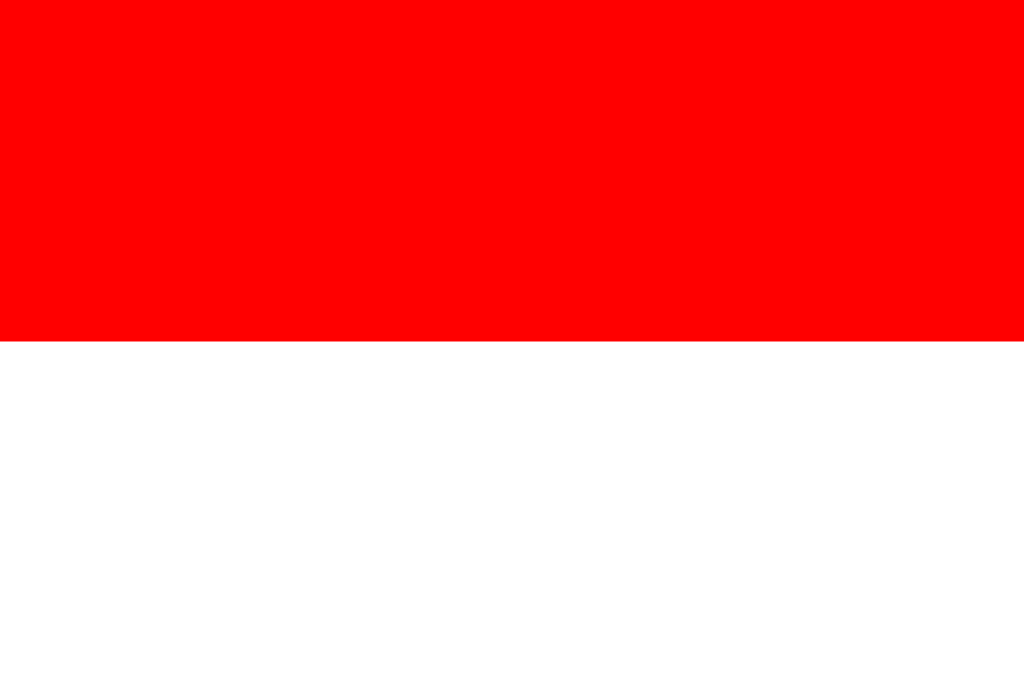 Indonesia:
Indonesia:
Country Faces Water Supply Issues with Poor Infrastructure and Low Water Quality Despite Some Improvement in Access
Indonesia has substantial freshwater resources, but it also faces issues like low sewerage coverage and pollution. Efforts to improve water supply and sanitation through national programs and PPP initiatives are being implemented, alongside the roles of key industry players. The market trends underscore the nation’s struggle with ensuring widespread access to clean water and managing sanitation effectively.
Access to safe drinking water remains a critical issue, particularly in urban areas where rural-urban migration exacerbates water scarcity and sanitation problems. The country has seen improvements in access to drinking water. However, access disparities persist across provinces, highlighting the need for targeted interventions.
Sign Up for Full Access to the Report
For readers looking to explore the complexities of the water utilities industry in Southeast Asia regions further, including its global dynamics, regional nuances, and the balance between public and private sector roles, the full report offers a wealth of detailed information and analysis.
Speeda’s industry report, organised by country and focusing on Asia, covers key information such as market size, value chain analysis, key regulations, competitive landscape, and more. The report offers users a comprehensive understanding of a wide range of industries,
The report is part of Speeda, an Asia-focused business intelligence platform with expertise in industry research, private company/M&A data, and consulting services. Speeda helps you with the comprehensive information needed to navigate your research on specific industry, whether for your research for market entry, strategic planning, company analysis, target listing, peer comparison, and more. Explore Speeda today and accelerate your business decisions.





